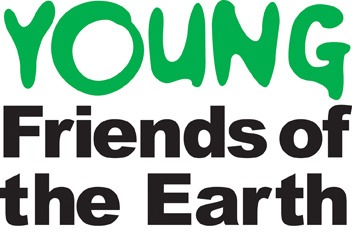Hearing a lot about “COP” these days? But what is actually COP? Read this article by Mia from Young Friends of the Earth Croatia and everything will get clearer!
Some things to keep in mind before reading:
This text contains some words, abbreviations and expressions that might have been unfamiliar to you so far. Don’t let that discourage you! Feel free to use the explanations located at the beginning of the text, read some sentences multiple times or use the Internet to research new concepts.
Don’t forget that knowledge is power and that often conferences and conventions like this one are intentionally made complicated in order to limit people’s access and their influence on decision-making. The better we understand COP and the type of decisions made there, the easier it will be for us to influence decision-makers to act for the well-being of our community, other people and the planet.
Vocabulary used in this text:
COP = Conference of Parties, the conference held once a year which gathers all parties (usually countries) of the United Nations Framework Convention on Climate Change (UNFCCC)
IPCC = Intergovernmental Panel on Climate Change, body of the United Nations which assesses the risks created by human-made climate change
greenhouse gases = types of gases that contribute to the global warming of the planet by heating up the Earth’s surface and the atmosphere. Some of them are: carbon dioxide (CO2), methane (NH4) and nitrous oxide (N2O)
economies in transition = also known as EITs, countries transitioning from centrally planned to market economy
industrialized countries = often referred to as developed countries, the countries bearing the greatest responsibility for climate change due to the highest number of greenhouse gas emissions
net zero = a condition in which the amount of greenhouse gases emitted into the atmosphere is equal to the amount of gases extracted from the atmosphere – more on this concept below
carbon budget = the amount of carbon dioxide which one could possibly emit in the atmosphere while keeping the Earth within a certain temperature limit (for example 1.5°C)
Everything started in 1992… more or less
Even though there were previous efforts to put the topic of climate change in front of world leaders, the first comprehensive accomplishment of that goal was the Earth summit, held in 1992 in Rio de Janeiro, which resulted in the creation of the United Nations Framework Convention on Climate Change (UNFCCC).
The main objective of the Convention is to stabilize the concentration of greenhouse gases at a level that would not lead to a dangerous human influence on the climate. The task of the signatories of this Convention is not only to stay within the “safe” limit, but also to ensure enough time for the ecosystem to adapt to the already-made changes without jeopardizing food production and to enable the continuation of economic development in a sustainable way.
Countries who signed the Convention, known as parties, decided to meet once a year at the Conference of Parties (COP) to agree on measures they want to implement in order to stop the effects of climate change. If all parties agree on a certain measure, it becomes a mandatory part of the Convention.
The Convention entered into force in 1994 and the next year, the world saw the first COP, in Berlin.
Kyoto protocol, COP15 (2009) and COP21(2015)
The Kyoto Protocol was adopted at the COP3 conference in 1997 and entered into force in 2005 after it was signed by 192 parties. Through it, for the first time, international cooperation was achieved with the aim of stopping climate change, meaning the first concrete steps were taken to achieve the promises given in the Convention. One of the most important aspects of the Kyoto Protocol is certainly the recognition of the different responsibilities of individual countries for the problem of climate change and the introduction of stricter measures only for industrialized countries and economies in transition for the period from 2008 to 2012. Unfortunately, the Kyoto Protocol did not have much impact in terms of reducing greenhouse gas emissions during this period, in part because some high-emission countries, such as the United States, were not part of the protocol.
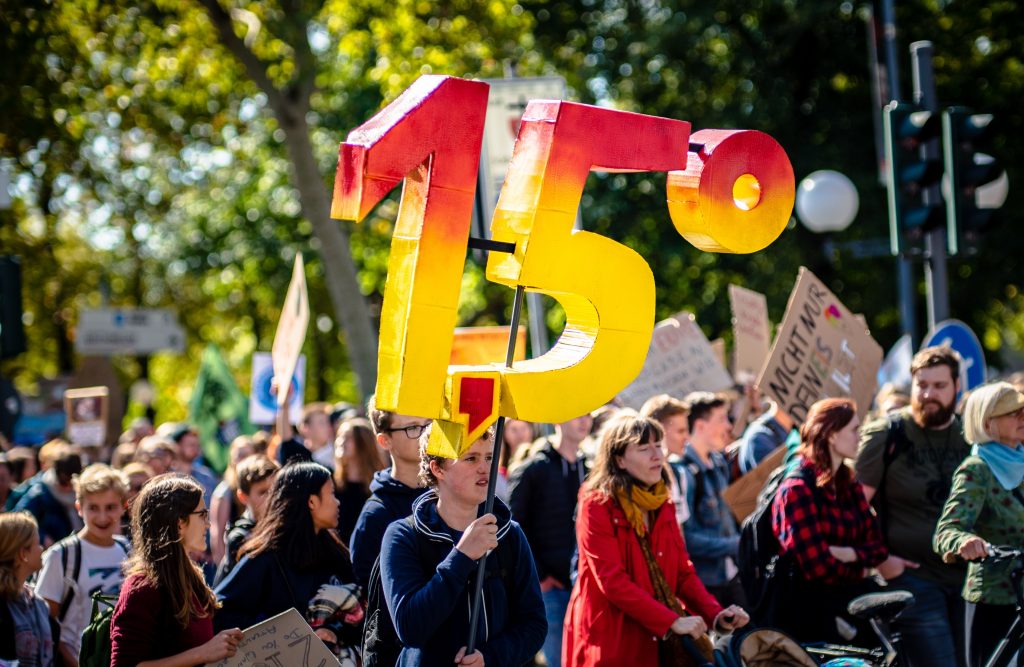
In the history of the previous 25 COPs, it is important to highlight COP15 and COP21. COP15 was held in Copenhagen, and the main goal was to establish a global climate agreement. It was unsuccessful in that, but a sign of progress was the Copenhagen Accord, which emphasized the importance of staying within 2°C of global warming compared to preindustrial times. Although the UNFCCC did not officially adopt the Copenhagen Accord, it laid the groundwork for negotiations at the COP21 conference in Paris.
COP21, held in 2015, is best known for adopting the Paris Agreement – a legally binding international agreement on climate change. The agreement was adopted by 196 parties and entered into force at the end of 2016.
By signing the Paris Agreement, the parties committed to keeping the global warming within 2°C compared to preindustrial times, with a tendency to stay within 1.5°C. Within the Agreement, the goal was to reduce greenhouse gases as quickly as possible, so that the world could become climate neutral until 2050. The importance of the Paris Agreement is visible precisely through its legally binding aspect and the commitment of almost all countries in the world to climate action.
The climate context of COP26
What does science say?
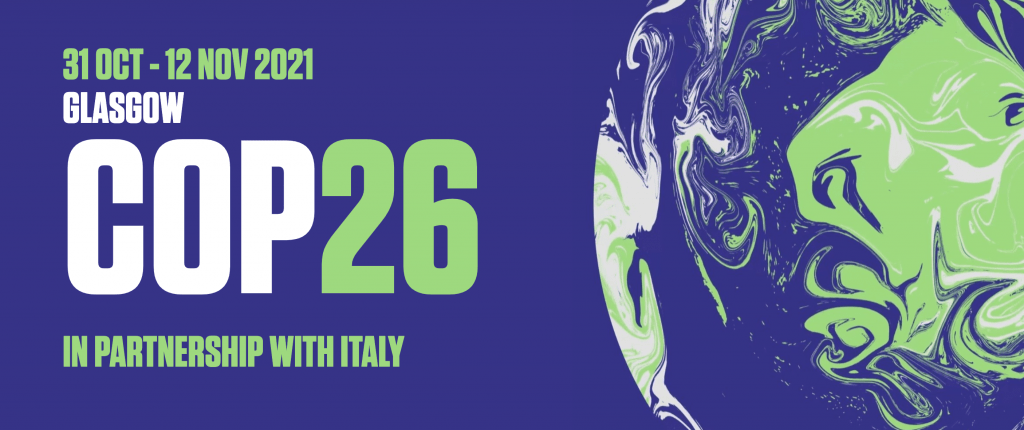
The latest report of the Intergovernmental Panel on Climate Change (IPCC) has presented some new, as well as confirmed existing knowledge on climate change:
- human action has unquestionably warmed the atmosphere, oceans and land, and caused sudden changes in ecosystems
- every region in the world is already affected by extreme weather events caused by climate change
- it is necessary to drastically reduce emissions of CO2 and other greenhouse gases to stay within 1.5°C of warming (the Earth is currently 1.2°C warmer compared to pre-industrial times)
The latest United Nations Environment Program (UNEP) report warns that the current promises of world leaders put us on a path to reach 2.7 ° C of warming by the end of the century. Thus, not only are their current actions insignificant, even the promises they call climate-ambitious lead to serious violations of the Paris Agreement and are endangering the lives and health of many people.
Lack of justice at COP26
Although the United Kingdom, which is presiding the COP this year, has promised the most inclusive COP so far, the reality is far from that. In addition to the standard obstacles which delegations and civil society representatives encounter when organizing their COP trips, such as high costs and lengthy visa processes, inequality in relation to the COVID-19 vaccine has also contributed to the problem this year. The UK program to provide vaccination to all participants was generally unsuccessful, having the worst impacts on the countries of the Global South, where vaccine availability is significantly lower. That is especially concerning considering that these countries are most affected by climate change and should be at the front of climate conversations.
The most affected countries often have fewer representatives in the COP as opposed to the industrialized states that bring in large teams and can therefore participate in more negotiations at the same time and be louder about their demands.
Representatives of Indigenous communities, who make up 5% of humankind, but protect 80% of the world’s biodiversity, are still underrepresented in climate negotiations when they should be one of the leading voices. Equity within negotiations has not been achieved in terms of gender, race, disability and socio-economic status.
Developed countries have also promised to direct 100 billion dollars to developing countries in the Copenhagen talks (COP15) by the end of 2020, so that they can adapt to climate change and reduce their emissions. It is clear from the current data that this amount has not been reached.
Why “net zero” by 2050 is problematic
Many industrialized countries rely on the “net zero” concept, or the idea of achieving neutrality of their emissions by 2050, to portray themselves as countries with ambitious climate plans.
The first problematic aspect of this term is the year 2050 itself, which allows countries to continue to increase their greenhouse gas emissions in the coming decades, even though a radical reduction right now is the key in ensuring an acceptable future. Namely, it is predicted that the remaining carbon budget, which humanity has at its disposal before reaching the temperature of 1.5°C of warming, will be spent before 2030 if the current emission trend continues (according to some research, the budget could be spent within 5 years ).
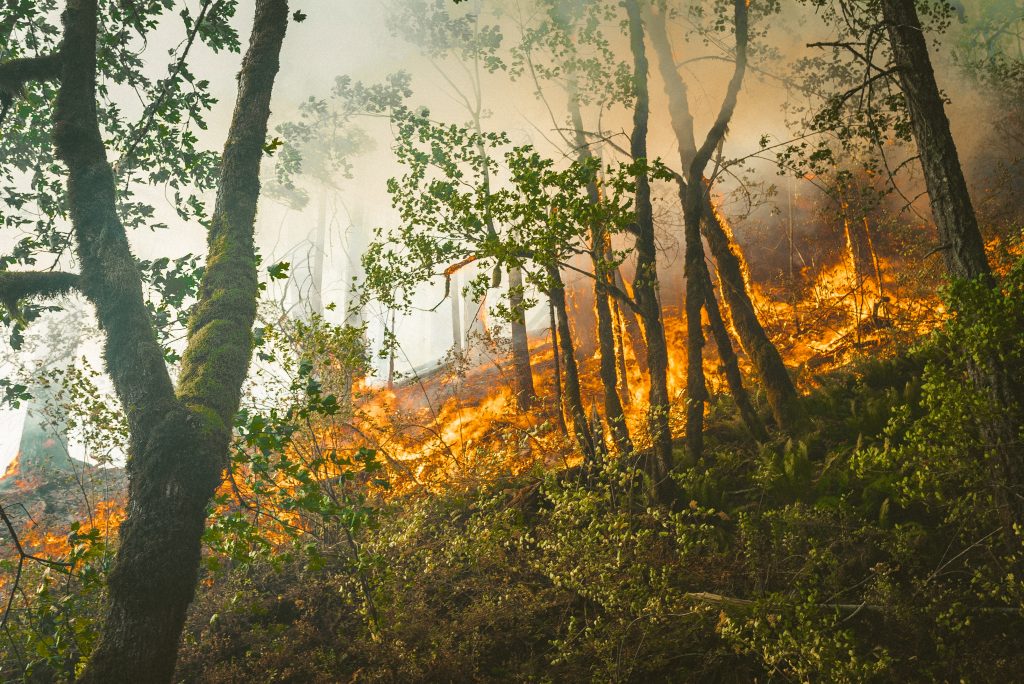
Another problem is that the term “net zero” leaves room for continued large emissions and reliance on the fossil industry if emissions of greenhouse gases are equated with the amount of these gases simultaneously removed from the atmosphere. Technologies for removing greenhouse gases from the atmosphere are underdeveloped, and mass tree plantation is also an insufficient solution at that scale, not to mention the connection of corporate tree plantations and human rights abuses against Indigenous communities. Yet, even if such a system were to work, its solutions do not provide an answer to the problem that is one of the causes of the climate crisis – the idea that unlimited economic growth is possible on a planet with limited boundaries. Climate injustice, which should be a priority in the climate crisis negotiations, would deepen even more.
The good news: polluters kicked out of negotiations
At the COP26 conference, fossil fuel companies will not have an official role, unlike in previous years when they were one of the major sponsors and were given a significant platform to spread misinformation about their actions. The recognition for this achievement goes to activists and campaigners who advocated all-year-round for their exclusion from the conference.
What will happen during COP26?
Expectations are high for COP26, and many call it the most important COP since the signing of the Paris Agreement. The pressure for urgent climate action is growing due to shrinking of the carbon budget that allows us to stay within 1.5°C of warming. During the COP26, the parties should finalize rules related to the Paris Agreement, i. e. determine the ways in which they will monitor the fulfillment of the Paris Agreement obligations and how often they will analyze and change their actions to be in line with the best available science.
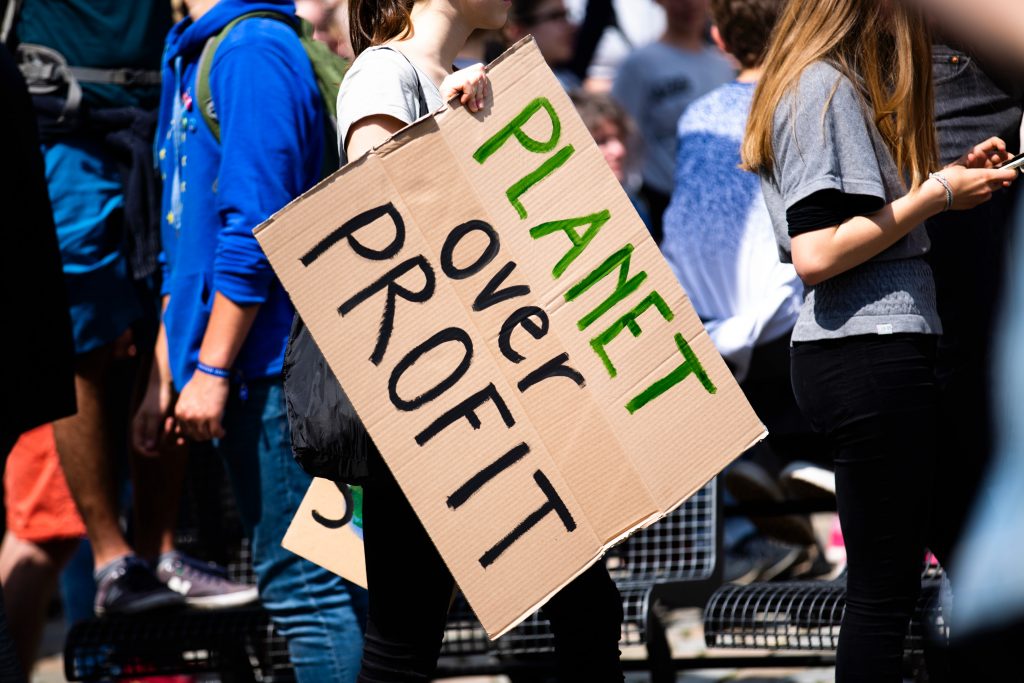
For the 1.5°C target to be achievable, greenhouse gas emissions need to be reduced by 45% over the next eight years. It is up to government officials to devise clear plans to end the use of fossil fuels and transform the economy, while doing so in a way that ensures the protection of local communities and natural habitats. An important aspect in the development of these plans is the financing of their implementation.
The conference will be held from 31/10 to 12/.11, 2021 in Glasgow, and currently has more than 30,000 registered participants – from government and company representatives to civil society participants, NGOs and journalists. Every day of the Conference has a different topic, and some of them are: energy, finances, youth empowerment, adaptation, gender…
The content of the COP26 conference is divided into a blue and a green zone. Negotiations are taking place within the blue zone, in which government representatives participate, but there are also observers (non-governmental organizations, journalists …) who do not have an official role in the negotiations, but help maintain transparency. The blue zone is managed by the UN, and all those present must have a special accreditation, the so-called blue badge. The green zone is open to the public and includes workshops, exhibitions and various forms of education, and is managed by the United Kingdom.
What can I do?
At this point, it is crucial to put pressure on government officials to agree on the most ambitious climate action possible during the COP26. You can join an action in your area, or even organize your own action to show national, as well as international decision makers, that there is no time left for empty promises and useless solutions.
You can also e-mail government officials from your country that are attending COP26 and demand urgent climate action.
Sometimes the action can be as simple as talking to the people in your local community who may not know a lot about climate change and explaining to them the importance of it and the COP26. Everyone’s knowledge, experience and passion is needed to sustain the movement and create a better present and future. What will you do?

